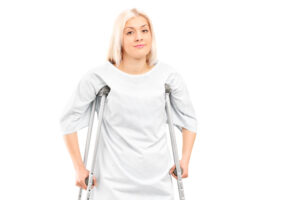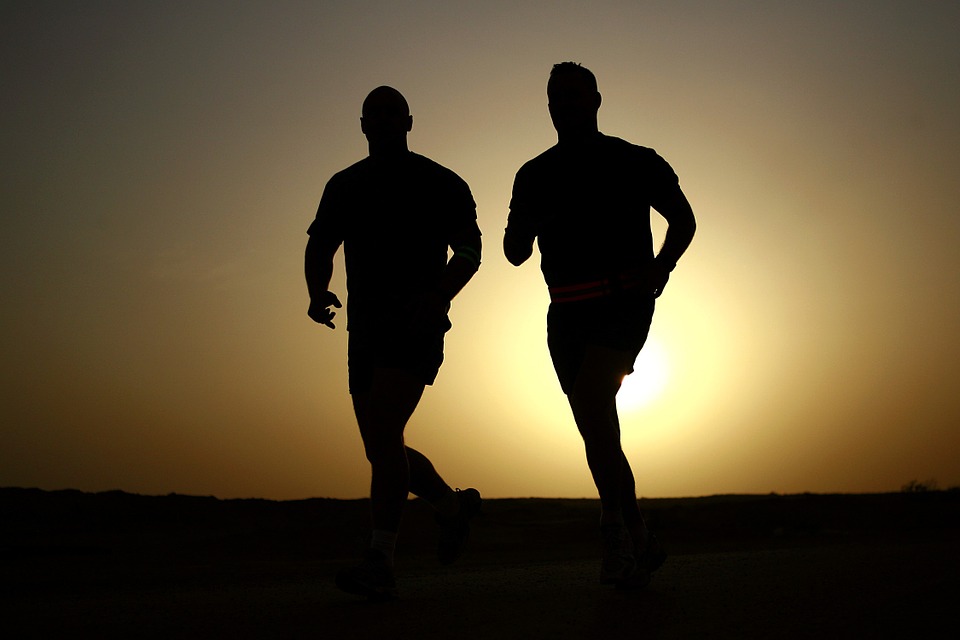When a student at my school was injured in a sports event, it became painfully clear how little she and her family understood what their next steps should be. A friend put together this “A Student’s Guide to Understanding Personal Injury Law” to provide other students in similar situations with an overview of the essential concepts and real-world applications of personal injury law:
- the basics
- recognizing unsafe conditions
- Insurance Policies
- more
Personal Safety and Legal Rights: A Student’s Guide to Understanding Personal Injury Law
Accidents can happen anywhere. That includes educational settings. Therefore, as a student, understanding the basics of personal injury law is essential for safeguarding your rights and ensuring you’re prepared if mishaps occur.
This guide will equip you with the basic knowledge you need to navigate these challenges confidently.
The Basics of Personal Injury Law Every Student Should Know
Understanding personal injury law might seem daunting, but it’s essential for every student. Picture this: you trip over a loose tile in a school hallway or get hurt at an off-campus event. Knowing your rights helps you handle these situations confidently.
Personal injury law centers on compensating victims harmed by someone else’s negligence. This can include slip and fall accidents, car accidents, defective products, and more. Key elements involve proving that the responsible party owed a duty of care and breached it, leading directly to your injuries.
Time is critical in personal injury cases due to statutes of limitations. The deadlines for filing claims vary by state. For example, some states give you two years from the date of injury to file a lawsuit, while others offer longer or shorter periods.
Besides physical injuries, personal injury law also covers emotional distress and psychological harm resulting from traumatic incidents.
If you find yourself involved in a personal injury, you should keep records not just of medical treatments but also of any counseling sessions related to the incident.
Remember to document everything related to the incident – such as photos of the accident scene and witness contacts if available. Plus, of course, you should seek medical attention immediately.
These steps help strengthen any potential claim you might have later on.
Recognizing Unsafe Conditions in Educational Sites
Spotting unsafe conditions on educational sites can protect you from harm. Look for common hazards like wet floors, broken tiles, or poorly lit stairways. Think of it like scanning for pitfalls before they cause a problem.
Pay attention to your surroundings during extracurricular activities as well. For instance, check sports equipment for damage and ensure safety gear is available. In classrooms and labs, be cautious with exposed wires or unstable furniture.
Crowded hallways and exits can also pose risks. So, ensure clear pathways are maintained. Be mindful of loose rugs or carpets that might cause tripping. And inspect outdoor areas too: things like cracked sidewalks and debris can lead to falls.
If you notice anything dangerous, report it immediately to the appropriate authorities on site so that action is taken quickly.
By staying alert and reporting hazards to the administration quickly, you will help create a safer environment for everyone.
Remember, being proactive can prevent accidents before they happen.
Understanding Insurance Policies and Coverage for Students
Grasping the intricacies of insurance policies is vital for students. Whether you’re dealing with health, auto, or renter’s insurance, knowing your coverage helps in emergencies.
Health insurance often covers injuries sustained on educational sites, but double-check your policy details.
Auto insurance is essential if you’re driving to class; make sure it includes personal injury protection (PIP).
For those living off-campus, renter’s insurance can cover personal belongings and certain liability issues.
Always read the fine print and ask questions if you are unclear about coverage specifics.
Understanding these policies ensures you’re prepared when accidents occur, providing peace of mind amid academic pursuits.
How to Report an Accident and File a Claim
Knowing how to report an accident and file a claim can make all the difference. First, gather evidence: take photos of the scene, collect witness statements, and keep track of medical expenses.
Next, report the incident to the relevant authorities. This might include campus security or local police depending on where it happened. They’ll create an official record that supports your case.
Then comes filing your insurance claim – submit all collected documentation promptly.
Here’s where securing a personal injury lawyer is crucial; they will navigate complex legal processes for you, ensuring every detail is covered during the pursuit for fair compensation.
Staying Informed and Proactive About Personal Injury Law
Navigating personal injury law as a student might seem challenging, but staying informed empowers you. Whether it’s understanding the basics, recognizing hazards in educational sites, or knowing how to file a claim, these insights are crucial.
Being proactive not only safeguards your well-being but also contributes to a safer environment for peers. Keep educating yourself on your rights and the legal protections that are available. Remember, accidents happen – but being prepared means you’re ready to handle them effectively.
Always seek professional advice when needed. Securing proper guidance ensures you’re fully supported throughout any legal processes related to personal injuries.
–image credit to Deposit Photo
Here’s the sign-up link if the image above doesn’t work:
https://forms.aweber.com/form/07/1910174607.htm
“The content presented in this blog are the result of creative imagination and not intended for use, reproduction, or incorporation into any artificial intelligence training or machine learning systems without prior written consent from the author.”
Jacqui Murray has been teaching K-18 technology for 30 years. She is the editor/author of over a hundred tech ed resources including a K-12 technology curriculum, K-8 keyboard curriculum, K-8 Digital Citizenship curriculum. She is an adjunct professor in tech ed, Master Teacher, webmaster for four blogs, freelance journalist on tech ed topics, contributor to NEA Today, and author of the tech thrillers, To Hunt a Sub and Twenty-four Days. You can find her resources at Structured Learning.











































Very useful
Thank you! From the school of life…
This is good information for everyone. I come from a country (Sweden) where lawsuits over accidents are less common so I have a tendence not to look into these things, but sometimes you need to look into a lawsuit. I’ve had a few accidents but I’ve never considered suing anyone. For a while, everytime I had a physical injury, my insurance company sent me forms to fill out about who was responsible. I threw them all away. Then they call me and I told them, no it is no ones fault.
I was injured once at the school I was teaching at. I was fair and understanding with them, no lawsuit. That karma thing weighs heavily on me.